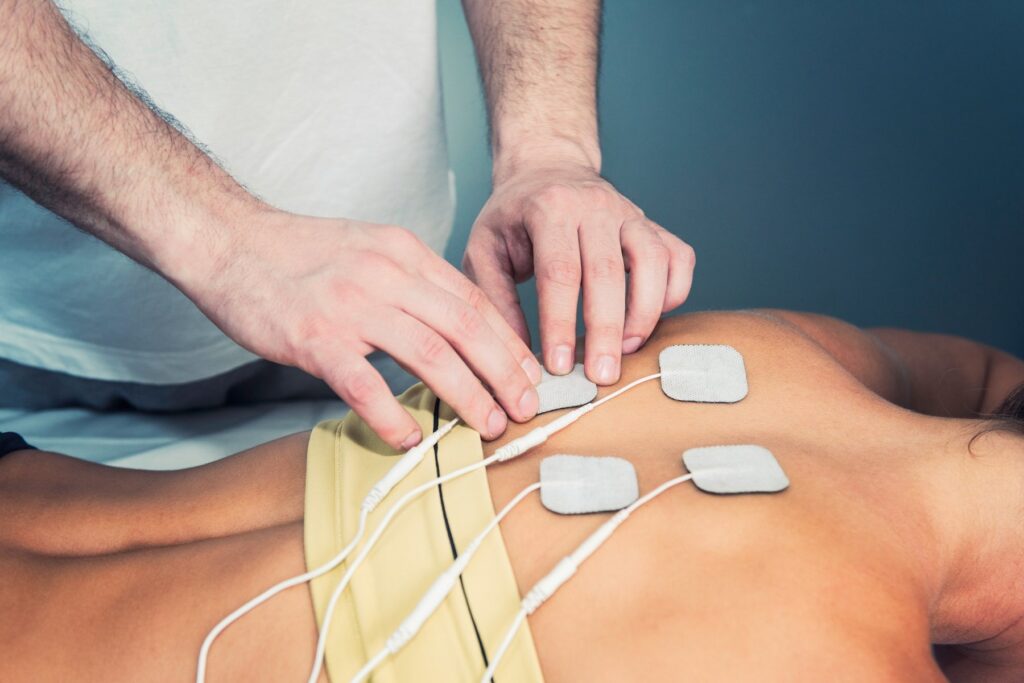
Vascular imaging plays a crucial role in the diagnosis and management of various cardiovascular diseases. Over the years, advancements in technology have revolutionized the field, enabling healthcare professionals to visualize and analyze blood vessels with increasing accuracy and detail. One such breakthrough has been the development of three-dimensional (3D) vasculography, a technique that provides comprehensive insights into the intricate vascular network. This blog post explores the evolution of vascular imaging, highlighting the journey towards 3D vasculography and its potential impact on patient care.
Traditional Vascular Imaging Techniques- Before the advent of 3D vasculography, healthcare professionals relied on traditional imaging techniques to assess vascular conditions. These included X-ray angiography, computed tomography (CT) angiography, magnetic resonance angiography (MRA) and ultrasound. Each technique had its limitations, such as limited visualization, exposure to radiation and lack of depth perception. These challenges prompted researchers and engineers to develop more advanced imaging modalities.
Introduction of 3D Imaging- The introduction of three-dimensional imaging techniques brought significant advancements to vascular imaging. Three-dimensional reconstruction techniques, such as volume rendering and maximum intensity projection (MIP), enabled the creation of detailed 3D models from multiple 2D images. These techniques improved spatial resolution, enhanced the ability to assess complex vascular structures and provided a more comprehensive understanding of vascular diseases.
The Emergence of 3D Vasculography- The emergence of 3D vasculography marked a significant milestone in vascular imaging. This technique combines advanced imaging technologies, such as CT or MRA, with sophisticated image processing algorithms to create detailed 3D models of blood vessels. With 3D vasculography, clinicians can visualize the entire vascular tree, from large arteries to the tiniest capillaries, in a non-invasive and highly accurate manner. The ability to navigate through the 3D model and extract quantitative measurements further enhances diagnostic capabilities.
Benefits and Applications of 3D Vasculography- The adoption of 3D vasculography has brought several benefits and expanded the range of applications in vascular imaging. Firstly, it allows for improved preoperative planning in vascular surgeries, enabling surgeons to better understand the anatomical variations and make informed decisions. Secondly, 3D vasculography aids in the diagnosis and monitoring of vascular diseases such as aneurysms, stenosis and arteriovenous malformations. Additionally, this technique has proven invaluable in guiding endovascular interventions and assessing treatment outcomes.
Challenges and Future Perspectives- Despite its numerous advantages, 3D vasculography still faces certain challenges. The acquisition and processing of volumetric datasets require substantial computational resources and expertise. Additionally, the interpretation of complex 3D models necessitates proper training and experience. However, ongoing advancements in hardware and software technology are steadily addressing these challenges.
Conclusion
The evolution of vascular imaging has paved the way for the development of 3D vasculography, revolutionizing the diagnosis, treatment and monitoring of vascular diseases. With its ability to provide detailed and comprehensive visualizations of the vascular network, 3D vasculography offers clinicians valuable insights for better patient care. Overcoming the limitations of traditional imaging techniques, it has enabled improved preoperative planning, enhanced disease diagnosis and guided endovascular interventions. However, challenges such as computational requirements and the need for specialized training remain. Nevertheless, with ongoing advancements in technology and the potential integration of AI algorithms, the future of 3D vasculography holds great promise for further enhancing its capabilities.




